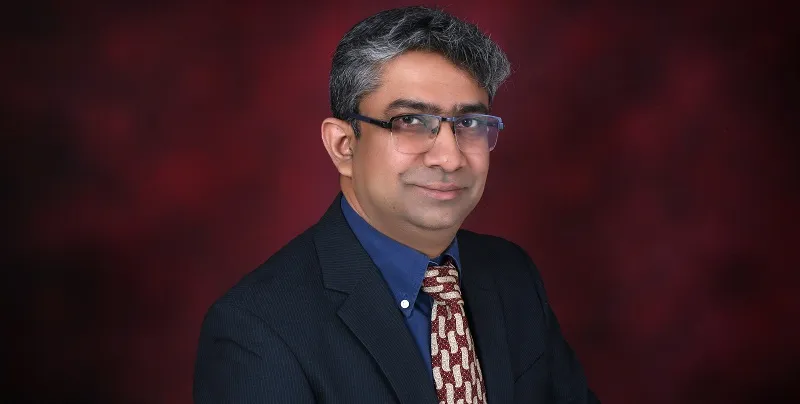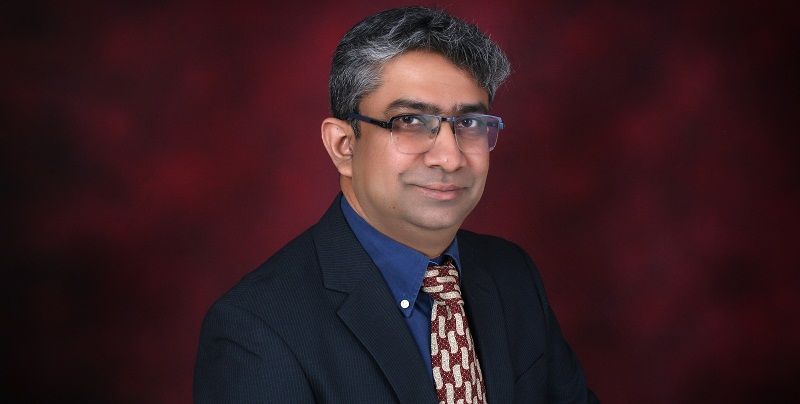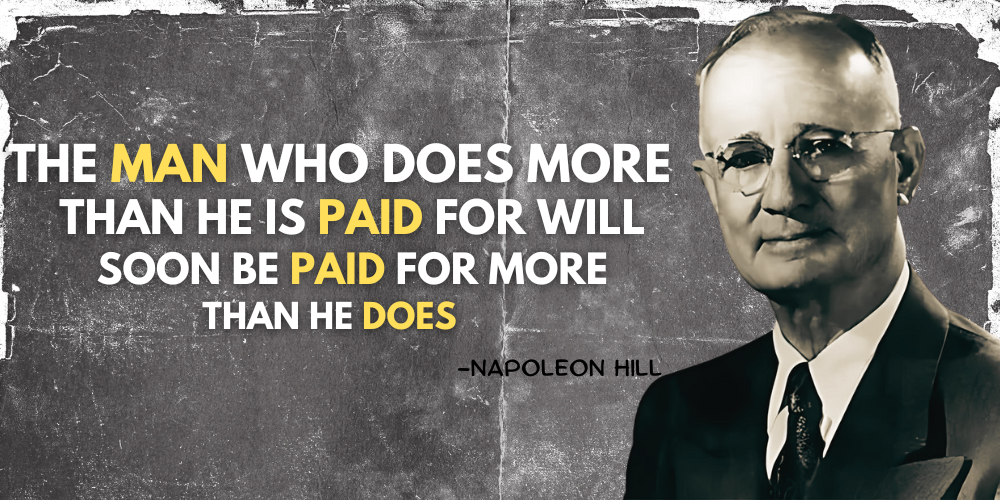Technology helps only if the business creates strong processes: Shakti Goel, Faircent CTO
Shakti Goel, CTO of Faircent, started off as a graduate of chemical engineering before moving to the world of IT, a jump he was able to make because he had the opportunity of studying a minor degree in IT as part of his overall PhD in chemical engineering. He says that CTOs today have to adapt to new tools that can bring business value and that the modern-day CTO’s success in an organisation is tied to business outcomes. However, he adds that no matter how strong the technology, only strong business processes will decide on the success of a startup or any company. He talks about his experiences in India ever since he came back, four years ago, after a 20-year stint in the USA. Here are the excerpts of the interview:

- What makes sense for a CTO between the lights-on business and cloud-based tools? What is your advice to the modern-day CTO — to make decisions based on business value derived from technology or process value?
SG: A CTO should decide how critical the information is and whether it can be stored on a public cloud. If using cloud is an option then it should be preferred simply because of its ease of use and much reduced time for deployment. There is no need to foot an upfront CapEx cost, and there is no need to build a network support team. Any associated cost to maintain a data centre is also obviated. The focus turns to operations instead of maintenance. Only when keeping data in-house is an absolute must should the lights-on model be considered. This would allow a CTO to focus more on business needs and not be tied up in putting out daily fires caused due to technical failures. Cloud technology has become very reliable.
Since technology is a means to an end, my focus as a CTO has always been to make decisions to enhance business value using technology. Whether it is to build a new product or engage customers to the fullest, technology always adds to business value. I must admit that technology itself cannot be an elixir and needs to be supported by strong business processes.
- Are CTOs overloaded with information today and how should they work with IT service vendors; should they tread carefully or experiment?
SG: We are currently living in the Information Age. There is a deluge of information and a CTO must know how to sift through it. Information can be handled effectively by keeping the focus on the projects being actively worked on. CTOs should have a strong technical background to be able to understand information and make effective decisions. IT service vendors have expertise in specific areas of technology. Engaging them can definitely benefit the company but the CTO should tread carefully. The CTO should try to build expertise in-house while keeping the vendor engaged. I would like to experiment with new technologies and information as long as the impact on business can be controlled. Since finding talent experienced in new technologies is tough, IT service providers come to the rescue. The tenure of the contract should be fixed with an element of knowledge transfer built in the contract.
- What is the future of technologies and what are the cool ones CTOs must go after?
SG: We at Faircent are in the product and service business. For us, access to and dissemination of information is of paramount importance. We want our customers, borrowers, and lenders to stay informed about the latest developments on our platform. They should have immediate access to trends in loan-related data, return on investment, defaults etc. This information should be provided with pure use of technology and with almost no dependency on a call centre. We are looking into business intelligence, data analytics, BOT technology, and data science to make predictions. Machine learning and artificial intelligence are some of the technologies that we are planning to implement.
At Faircent, I am also responsible for products and our goal is to engage our customers and reduce the friction in our internal processes. Therefore, technologies that can lead to faster development of products and technologies that are well proven and for which resources are easily available are the ones that I prefer to use. We have accomplished integration with Yodlee for banking transactions, CIBIL and Equifax for credit score analysis, and EFL for psychometric analysis, to name a few. Integration with escrow services, currently underway, will allow seamless payment transactions between borrowers and lenders. BOT technology will help Faircent customers to find information quickly. All these integrations require the use of technologies such as SOA and real-time data analytics. Accelerated Mobile Pages (AMP) from Google, analysing transactions in real time using Kafka, and tracking marketing campaigns using Mixpanel will give an edge to Faircent. We pay serious attention to SEO to attract maximum prospects to our platform. Our core rules engine is being further enhanced by incorporating predictive analytics using Bayesian statistics, maximum likelihood theories, sparse data analytics, and other facets of statistics and data sciences. Risk mitigation is key to the success of our business.
- How are IT services changing and what do you see these integrator companies morphing into?
SG: Many new technologies have come up but the basic idea of services has remained unchanged. For instance, a lot of companies are moving to the cloud model for hosting their applications and computation. These companies no longer want to manage their own data centres and do not wish to have a team of DevOps engineers to manage the servers on the cloud. An opportunity has been presented to IT services vendors to shift strategy from managing data centres to providing cloud services. A significant portion of IT-related work is getting outsourced. Customer and technical support is one such area. Integrator companies are now providing a 360-degree view of the customer, which was not possible earlier. Therefore, these companies are now mining through heaps of information available to generate meaningful results for the clients. They are also relying on artificial intelligence to handle the growing number of customer queries with the aim of reducing human involvement and cost.
Business intelligence and data analytics is one other area that is going through a serious transformation. People are now interested in getting real-time analytics, and IT services are shifting focus from traditional, static data marts to big data technologies.
- Startups in India are yet to develop strong knees for their products; your thoughts on the ecosystem? Who have you worked with?
SG: Startup culture is relatively new in India. Almost one out of three graduates and young professionals want to start a business of their own but an ecosystem to support these startups is as nascent as the startups themselves. The environment, however, is ripe to support and sustain the startups. There has been a growing number of incubators, angels, and funds. NASSCOM has paired with the government to create a favourable startup ecosystem. There is a lot of interest from foreign investors also. With growing competition amongst startups, the funding scenario has become challenging. The valuations have taken a nosedive. I am working at Faircent, which is a three-year-old technology startup in the peer-to-peer (P2P) lending space. P2P lending, where borrowers and lenders interact with respect to loans, is a relatively new concept in India.
- Your thoughts on the talent in India and how academics can help them change their outlook toward employment?
SG: India has no dearth of talent. However, given the population size, the opportunities for this talent are still few and far between. It is very heartening to see that talent hidden in remote villages of India is coming to the fore, especially in the software industry. Technology, as such, is not a cost-intensive industry and hence, many more people are able to participate in it. Academics is helping India in a big way. There are several small institutions that are now providing education via BCA and MCA programmes in software and IT. A decade or so ago, most of the students aspired to be either doctors or engineers. Now that outlook has changed and students are willing to explore jobs in different areas. I had an opportunity to study in the United States. The undergraduate programmes in the US allow students to opt for a major and a minor. This means that a computer science major can do a minor in biology or anthropology, fields completely unrelated to each other. Such programmes present multiple career options to the student. A computer science major can pursue interests in medicine and become a physician! It would be great if undergraduate programmes in India also offer majors and minors.
- Please mention some of your highs and lows as a CTO and how you handle them diligently.
SG: I have been fortunate to have experienced several highs as a CTO. Over the last three months, I have worked with a talented set of professionals and guide them to understand the importance of honouring deadlines. The team at Faircent is very delivery-focused. The product development approach is very chiselled, and major releases of our web and mobile products have materialised. We have very recently released a new lender dashboard and a mobile app for lenders. New products such as BAXI loans, NACH-based payment systems, and auto-investment have been added to the Faircent platform. Integration with diverse third-party systems is in progress. Working on such diverse areas of technology and getting them successfully implemented has been the highlight of my team at Faircent.
In my earlier stint at HCL Infosystems, I was the CTO of the financial inclusion business. We faced the challenge of not being able to issue authentication cards to the end users. The team was focusing on application but the challenge lay with data. This was recognised and data issues were resolved, much to the relief of the end user. The role of the CTO includes understanding the core issues and guiding the team to find solutions. I have been able to accomplish this with several organisations I have worked with. There have been times when the technology and product teams have poured their heart and soul into a project only to realise later that the project has been scrapped due to changing business scenario. The heartbreak that this leads to for the team has been one of the lows as a CTO.
- How is Faircent transforming the shape of the P2P industry in India?
SG: Faircent.com is an innovative peer-to-peer (P2P) curative lending marketplace where borrowers and lenders can mutually interact and transact. We provide an opportunity to the borrowers to get their requirements funded at reasonable rates and help lenders get the best possible returns on their investment. A technology-backed platform is set up to speed up the lending process and cut costs. The services are provided through a web application accessible over the desktop as well as mobile, and a dedicated mobile application available for both iOS and Android. Faircent has been involved in innovation and performs under self-imposed constraints and regulations. With monthly loan disbursement exceeding Rs 1 crore a month, Faircent is a leader in the P2P space in India. A section of the population that was previously unable to get loans from established financial institutions is now able to do so. A new asset class has been added for investors. Stocks are deemed too risky and mutual funds have low rates of return. Investing on a P2P platform offers a potential rate of return of 12–30 percent.
- In your journey as a student, what were your learnings and how have you applied them in business?
SG: My education has been in chemical engineering, which is a cross-disciplinary field. This has allowed me to gain insight into other knowledge areas and has helped me in my professional career. During my doctoral studies, I did a minor in finance from the Sloan School and it gave me a new perspective about business. Interestingly, my first job out of school was that of a business analyst. Education in such diverse fields has taught me the importance of time and task management; developing the ability to differentiate between important and secondary items; setting task priorities; developing products from a business perspective and their utility in the market; and being able to amalgamate technology, business, and engineering. As a strategy consultant, I recognised that strategies have a shelf life and time to market is important.









![[Startup Bharat] Y Combinator-backed BeWell Digital is enabling the digital transformation of radiologists](https://images.yourstory.com/cs/2/40d66ae0f37111eb854989d40ab39087/ImagesFrames31-1648033042143.png)

